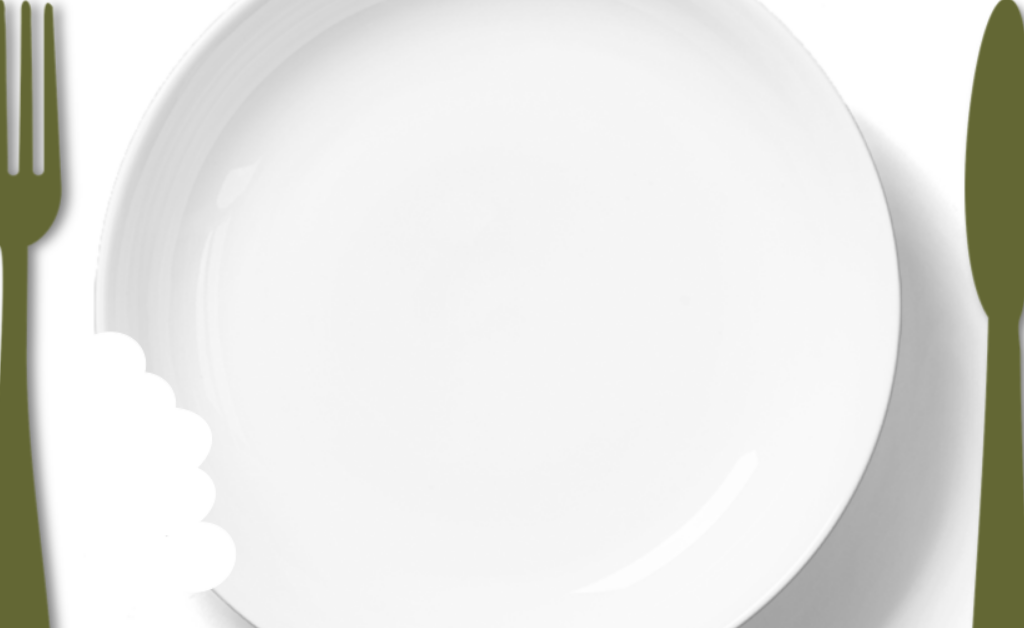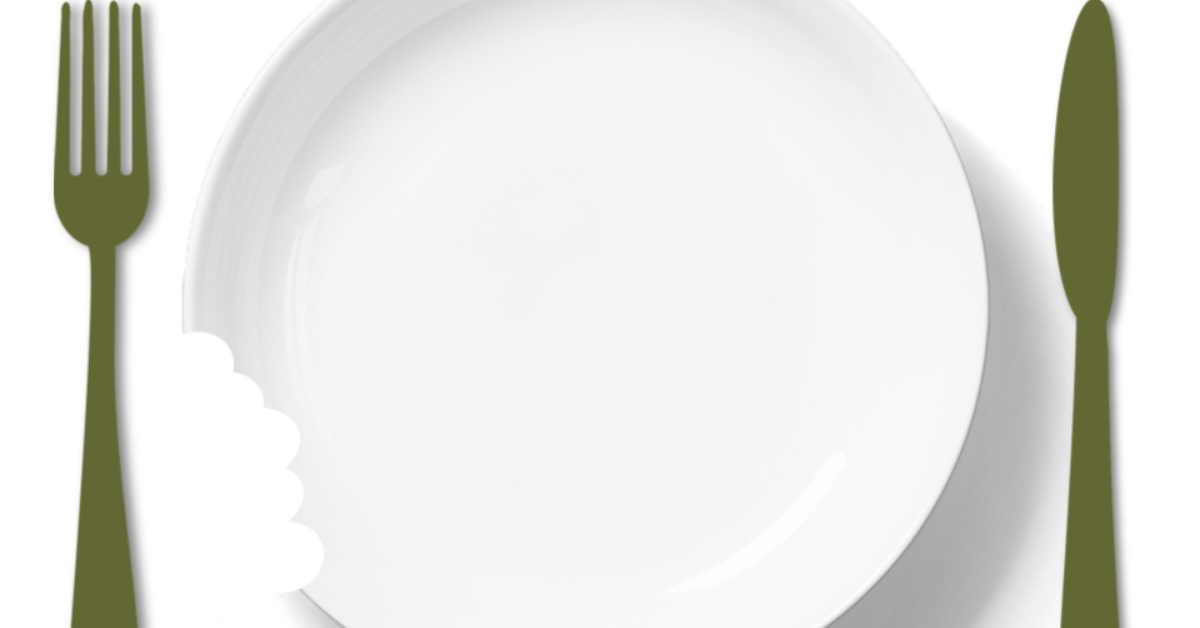By Lori Marshall, BS, NDTR, Dietetic Intern
March is National Nutrition Month and the theme is Personalize Your Plate. As a future dietitian, I support starting with the basics: whole grains, fruits, vegetables, seafood twice a week, eating breakfast, exploring new flavors, eating foods from all five food groups (vegetables, fruits, grains, protein and dairy), and adding your own cultural, ethnic or culinary flare to make it truly yours. These guidelines are easy to remember, but may be challenging to do when money is tight.

I remember a day in the distant past when I was living paycheck to paycheck and if not for the kindness of a street vendor willing to sell me a 25-cent banana for the 17 cents I had in my pocket, I would not have eaten anything more that day than toast. Thankfully my situation was temporary, but in 2019 one-in-seven homes with kids chronically didn’t have enough to eat. The pandemic has magnified the problem of food insecurity.
When the choice is between buying groceries or paying rent, it may be hard to prioritize healthy eating. Here are some ideas to help you save money while enjoying food from all five food groups:
- Make it from scratch. With many people working from home, scratch cooking has made a comeback–which is great because scratch cooking costs a lot less than prepared, processed, and restaurant foods. It does take a bigger investment of time and advance planning though. To make shopping and meal planning go faster, I made a list of the 10 most popular meals we tend to make and created a must have each week shopping list from that. To minimize prep time, I spend a few minutes here and there during the day to chop an onion or soak some beans, but prep can be done all at once at the beginning of the week. It makes cooking go a lot faster later. Make sure chopped veggies and fruits are stored in the fridge until you are ready to use them.
- Make your own menu board. Throwing away rotten leftovers is like emptying your purse into the trash. It drives me crazy. One day about six months ago my husband came up with the idea of using a magnetic white board on the fridge to remind us about leftovers. They are written on the board with the date prepared and when one of us is hungry, we just look at what is on the menu. It’s like bringing the restaurant to us! We haven’t thrown away any leftovers in months. I wish we’d thought of that years ago.
- Fruits and veggies can be nutritious whether fresh, frozen, or canned. Whenever you can get fresh produce in season, it will be cheaper. But sometimes it is only available frozen or canned. Pay attention to added sugar and sodium. Look for fruits in their own juice, low-sodium vegetables, or rinse canned vegetables and beans to lower the sodium content by up to 40%.
- Stop throwing away edible parts of the plant! Sautee turnip or beet greens, add broccoli or collard stems to a stir-fry, try shaved watermelon and honeydew rinds in a salad, save and roast the seeds from winter squashes, and eat the peels of foods like kiwis, carrots and potatoes. Just scrub rinds and peels under running water beforehand.
- Consider proteins that are $1 or less per serving. Meat is usually the most expensive part of the meal. Eggs, canned fish, tofu, and beans are great protein sources and cost a lot less than meat. We boil a dozen eggs at the beginning of the week and refrigerate them for snacks, salads or a quick part of breakfast.
- Save money at breakfast. Skip the sugary breakfast cereals which cost $1 or more per serving without the milk. Instead try a bowl of quick cook oats which is about 25 cents a serving, including the cost of fruit and milk you may wish to add. Try leftover rice in place of oatmeal. It is just as tasty and affordable–even better if it’s brown rice or quinoa which are high in fiber.
- Choose fat-free (skim) milk. Here’s a fun fact for your next Zoom meetup: dairy farmers are paid by the butterfat content of milk. That’s why fat-free is often less expensive than 1%, 2% and whole milk. Fat free will save you money, reduce your saturated fat intake, and has just as much protein, calcium and vitamin D as the higher fat versions. Non-fat dry milk powder is another good option which can be added to recipes and smoothies.
If you or someone you know needs food, please take a look at these resources. If you have canned or shelf stable food to spare, consider donating to a food bank near you.
Food Banks
Find food pantries, soup kitchens, subsidized groceries, emergency food programs and other resources across the US: Food Pantries, Free Food or Homeless Shelter Directory. If you are looking for ideas on how to prepare food bank foods, check out the Northeast Iowa Food Bank’s Food Pantry Cookbook or Feeding America’s tip sheets in English and Spanish.
Supplemental Nutrition Assistance Program (SNAP)
Learn about SNAP or find a SNAP retailer across the country. The Food and Nutrition Service recently created the SNAP Online Purchasing Pilot which allows beneficiaries to use their EBT card to buy groceries online at stores across the country. Click here for a full list of retailers.
In the NYC area:
SNAP/EBT beneficiaries can get up to $50 a day in free beans, fruits and vegetables at participating markets in NYC through Get The Good Stuff. GrowNYC offers a weekly year-round Fresh Food Box with 6-10 items of produce on a sliding scale starting at $11. EBT/SNAP/Heathbucks are accepted.
The bottom line: People eat what they can afford to put on their plate. Let’s help each other find affordable, healthy food. How do you Personalize Your Plate on a budget?
References:
- https://uconnruddcenter.org/research/foodsecurity/
- https://www.usda.gov/about-usda/news/blog/2021/03/01/personalize-your-plate-national-nutrition-month
Lori Marshall, BS, NDTR (R) is a Dietetic Intern with DishWithDina




0 Comments